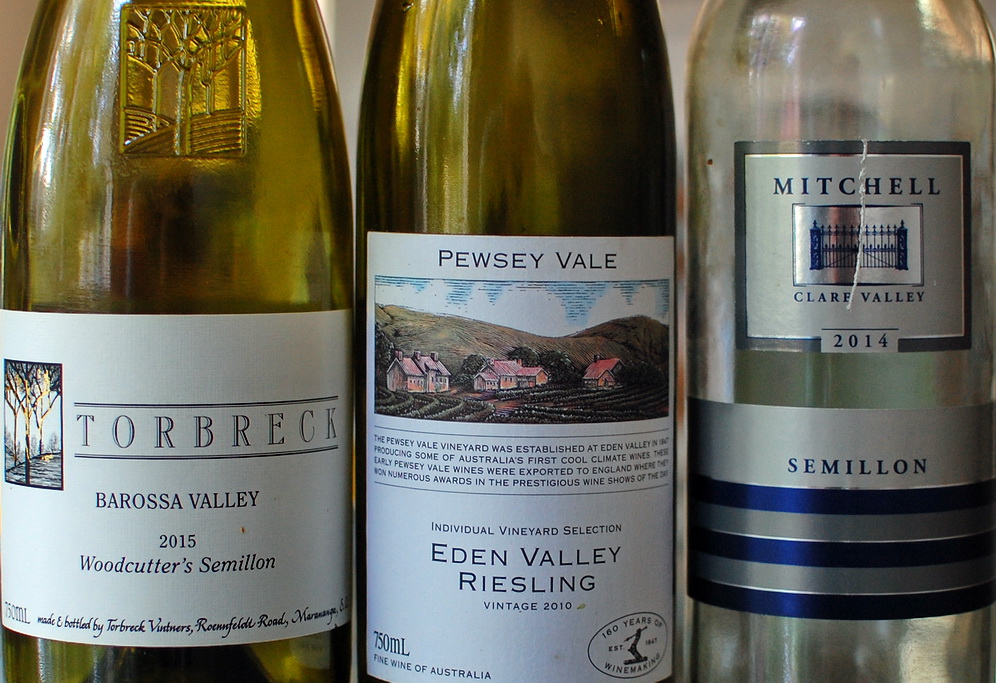The core concept of Best Wines Under $20 has always been to find wines of distinction at every day prices. In a business where high quality wines tend to sell for $100 and even $1000 a bottle, that’s not a trivial challenge. Yet it happens, and subscribers tell us when we get it right.
Sometimes such wines are new discoveries, new stars on the horizon that have not yet attracted attention; other times these are commercial wines that transcend their humble origins in a given vintage. The Topers Chardonnay 2013 was a great example of the former, Wynn’s black label Cabernet Sauvignon 2009 was a lovely example of the latter.
Known Unknowns and Known Knowns
I’m one of many who wish they’d bought more cases of the glorious Topers from a vineyard in Cowra, at the ludicrous price of $13 a bottle. I found it by accident: our webmaster asked if I’d like to see a sample from a client of hers who made wine. I said: sure. That’s easily said but it’s the hardest thing to assess a wine with no history, no show record, no reference points and no entry in Halliday’s Companion. You have to make your judgement and be prepared to back it.
The Wynns Black Label was the opposite: a racehorse from a famous blood line, and a family history spanning 6 decades. The trick here was that TWE decided to offer heavy discounts on the wine soon after its release. It would’ve been released in 2012/13, with an RRP between $35 and $40, and here it was on sale at Vintage Cellars for $19 a bottle. The reviews from the Winefront and Huon Hooke were positive but their scores were just 93 with a + added by Gary Walsh.
I thought it deserved 94 points at least, and 2 ++. James Halliday scored the wine 96 points, but we know his scores are inflated. His review matched my impression though: ‘Deep colour; it spent 15 months in a mix of old and new French and American oak barriques, giving rise to a fragrant and expressive bouquet of black fruits, spice and cedar nuances. The palate really sings with dark berry fruit, oak and tannins the supporting orchestra. Right up there with the best Black Labels. 96 points.’
I ended up buying cases of the Wynns 2009, a typical black label to my mind. The best of these are Peter Pans, wines that retain their youthful vigour as they grow older. At nearly 10 years of age, the 2009 follows that blueprint; it will last for a long time.
Unsung Heroes

Pewsey Vale Rieslings are the white foil to Wynns black label, a long line of wines going back to the sixties. I’ve enjoyed most of these wines since I came of drinking age, but lost touch with them after turning my back on a fine wine world gone nuts in the late 1990s. In 2011, with my interest in wine rekindled, I saw the 2006 at Dan Murphy’s in the form of a cellar release selling for $20. I bought a bottle, then a case. I’ve bought most vintages since.
I opened a 2010 the other night, and it was as good a Pewsey Vale Riesling as I can remember. The balance between fresh limes and the autumn tones of honey and lanolin is poised on a long line of fine acid, great line and length and perfect pitch. Wish I’d bought a case of this wine but I didn’t.
Torbreck is better known for its heroic reds than its polished whites, but the 2015 suggests that they’re sitting on a wine style with few equals: a rich and vibrant white, full-bodied and full-flavoured. This style is at the opposite end of the spectrum to the crisp, green, lemony Hunter style, in part because some of the wine spends time in seasoned French oak.
It’s usually closer in style to the whites of the southern Rhone, but 2015 was a hot year and the wine is rich, ripe, full and round, not unlike the Chardonnays of old. Its restraint is a surprise: at this stage it just hints at butter and toast and almonds, and there’s enough acid to balance the generous proportions. A slightly creamy texture adds a final touch of quality. Another under $20 wine that laughs at more expensive counterparts, and another wine I wish I’d bought more of.
I’ve been a big fan of Andrew Mitchell’s wines since the early eighties. By now the vines are over 40 years old, and the fruit is dry-grown. Andrew ferments the wine in oak barrels with wild yeast, and lets it sit on lees for 12 months. The result is a Semillon with more complexity and texture than most, yet the fruit shines like a beacon with hints of lemon, butter and almonds. Very fresh for an almost 5-year-old wine.
When it comes to fine wine, this is still the lucky country
Kim
